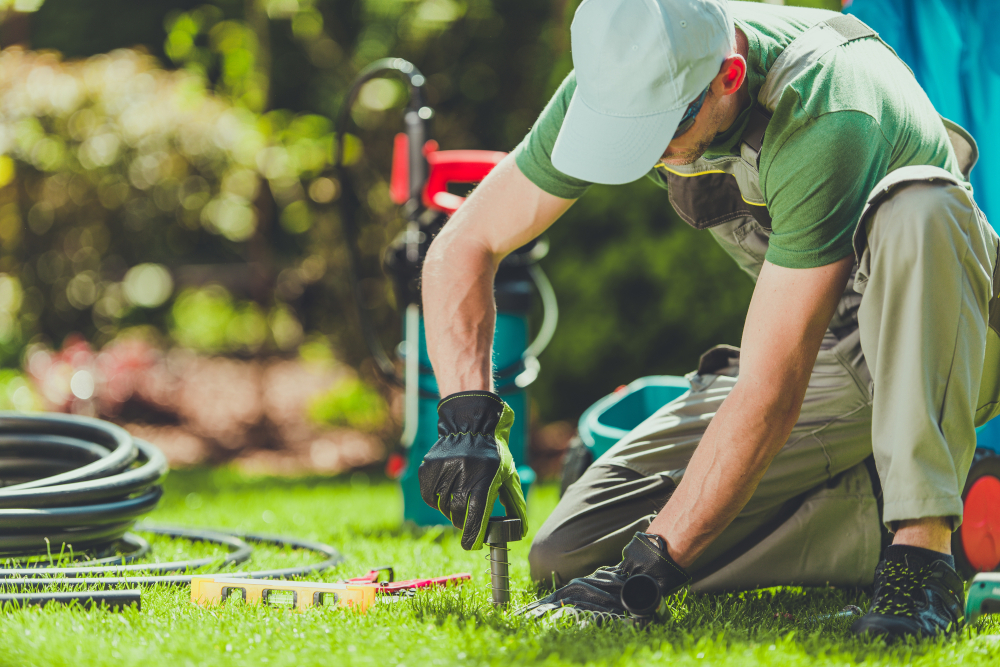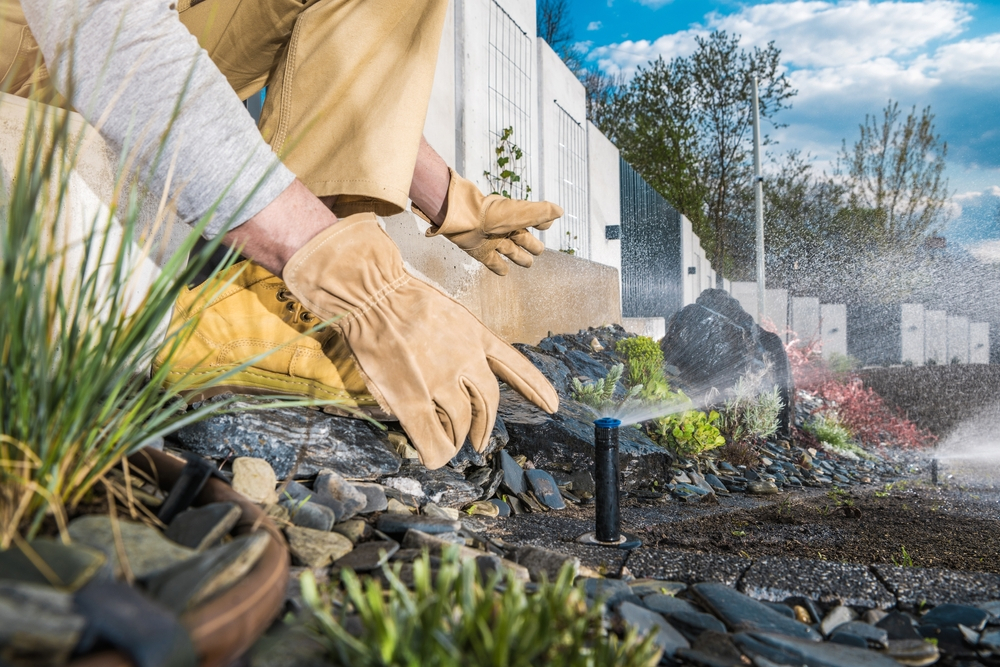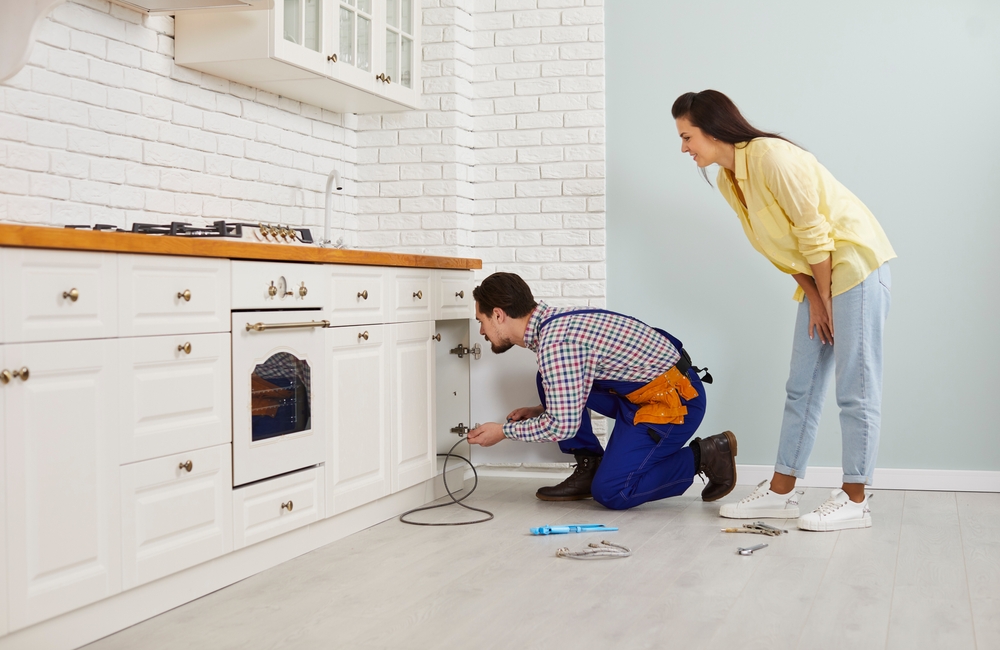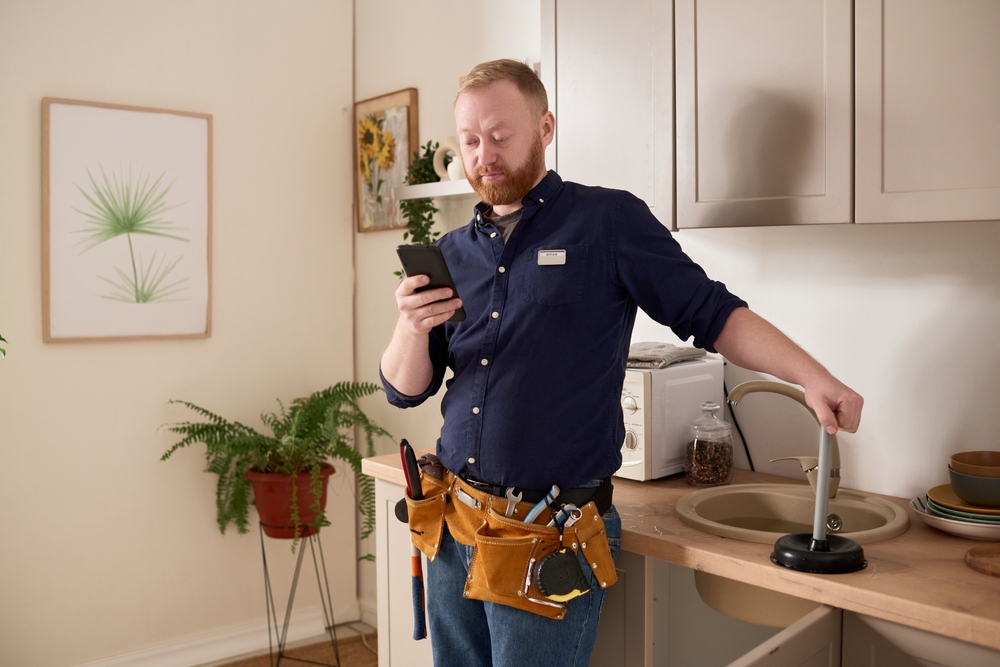A sprinkler system is an automatically water your lawn and garden network of pipes, valves, and sprinkler heads. This system guarantees continuous hydration for your grass and plants by distributing water effectively, so saving manual work. varied grass sizes and plant requirements call for varied designs in sprinkler systems.
Why Should One Install and Maintain a Sprinkler System?
Maintaining a rich, healthy lawn depends on correct irrigation. By installing a sprinkler system, you can guarantee that your outside area receives the correct water level without having to stand outdoors running a hose. Maintaining the system also helps it to remain effective, thereby saving water, time, and money.
This article will go over the advantages of installing and maintaining sprinkler system, walk you through the process, offer maintenance advice, and help you solve typical issues.
Benefits of Installing a Sprinkler System
- Saves Time and Effort: Particularly in the summer, manually watering your lawn and garden might take time. The process is automated by a sprinkler system, therefore freeing you for other chores. Preset plans will let your yard stay hydrated without daily work.
- Water Use Conservation: Water saving is a consideration in modern sprinkler system design. Water waste can be cut using features such drip irrigation, timers, and moisture sensors. The technology reduces overwatering by only watering your grass as needed, therefore helping to preserve this priceless resource.
- Guarantees even watering: Often resulting in uneven distribution, hand watering causes some parts of your lawn to dry out while others become oversaturated. Sprinkler systems guarantee even coverage, thereby regularly dispersing water over your whole lawn and enabling the growth of your plants.
- Raises property value: A yard kept nicely improves curb appeal; a sprinkler system can raise the value of your house. Prospective purchasers find it to be a handy feature that lessens the maintenance required and keeps the grass looking good.
- Guards against fire: By maintaining the grass and surrounding vegetation moist, sprinkler systems can also discourage fires. Extra safety for your house comes from a well-watered yard helping to stop wildfires from spreading or becoming uncontrollable.

Steps for Installing a Sprinkler System
- Planning and Design: Develop a thorough plan before you start a sprinkler system installation. Plot your yard, marking the areas—including lawns, gardens, and flowerbeds—that require water. To select the correct sprinkler heads and system design, consider yard size, water needs, and plant species.
- Collecting Tools and Materials: Starting here will call for numerous materials, including PVC pipes, valves, sprinkler heads, and connectors. You also will need a wrench, pipe cutter, and shovel. Before beginning the installation process, one should make sure everything is ready.
- Laying and excavating pipes: Start excavating trenches for the pipes after your design is ready and supplies are hand. Though shallow enough for simple maintenance, the ditches should be deep enough to guard the pipes from harm. Following your design plan, arrange the pipes such that they align with the water lines and are correctly linked.
- Putting up sprinkler heads: Clip the sprinkler heads to the pipes. For every location, choose the appropriate kind of sprinkler head; drip irrigation heads are excellent for gardens and flowerbeds while pop-up heads are best for lawns. Verify that the heads are positioned and equally spaced to cover all areas needing irrigation.
- Relating to Water Source: Connect the system then to your water source. Should you be connecting it to the main water line of your house, you might need a backflow preventing tool to prevent contamination. To cut even more water, you may set up a system using a rain barrel or other water source.
- Examining the System: One should test the sprinkler system once it is set up. Turn it on and go over every zone to guarantee correct running. Look for even water distribution; check for leaks or obstructions; and change the sprinkler heads as needed. Change the timers and sensors of the system to maximize water use.
Tips for Maintaining a Sprinkler System
- Regularly Check for Leaks or Clogs: Leaks and obstructions can cut the efficiency of your system and waste water. Frequent inspections of the pipes, valves, and sprinkler heads help to find wear and tear. Quickly fix leaks to avoid expensive water costs and save possible landscape damage.
- Change the sprinkle heads: Over time, sprinkler heads might wander off course. Make regular sure every head is covering the intended area and pointing in the correct direction. Changes guarantee consistent watering and help to lower the pooling or runoff risk.
- Seasonal Repairs: The performance of your sprinkler system may alter with seasons. Look for any winter damage and make sure the system is ready for more summer usage. Start cutting water in the fall since plants need less hydration and temps cool down call for less water.
- Winterizing the Methodology: Winterizing your sprinkler system is crucial to avoid freezing if you reside in a cooler temperature. Before the first frost, fully empty the pipes; alternatively, blow away any last water using an air compressor. To guard any exposed parts from cold conditions, insulate them.
- Hiring a Maintenance Check Professional: Although many chores can be done by homeowners, annual checks by a professional plumber guarantees that the system remains in perfect shape. Early potential problems can be found by an expert, who also performs repairs and tunes your system for best operation.

Troubleshooting Common Sprinkler System Problems
- Uneven Hydration: Uneven irrigation might produce overwatered areas or dry patches. Often the cause of this issue is clogged or misplaced sprinkler heads. Look for clogs in every head; fix or replace malfunctioning ones. Make sure heads cover the whole desired area and are equally spaced.
- Low Pressure of Water: Low water pressure can compromise the performance of your system, underwatered portions of your lawn may result. As they might lower pressure, look for leaks in the pipes. See a plumber or irrigation expert to evaluate the system’s architecture and suggest fixes should the problem continue.
- Defining malfunctioning sprinkler heads: Over time sprinkler heads might break, get caught, or get stuck. Replace or clean defective heads, then routinely check them to stop long-term harm. Should several heads fail, look for problems with the system’s valve or timer.
- Handling Runoff from Water: When the sprinkler system produces more water than the ground can absorb, water runoff results. Often it results from a misplaced sprinkler head or overwatering. To address the problem, change the watering schedule of the system, apply drip irrigation or slower watering techniques, and examine soil drainage.
- Restoring Electrical Problems: Should your system employ an automatic timer, electrical problems could develop and result in system malfunction. To be sure everything is operating as it should, check the power source, fuses, and connections on the timer. For repairs, see an electrician or sprinkler technician as advised if needed.
Conclusion
Keeping your lawn and garden healthy mostly depends on installing and maintaining a sprinkler system. From saving time and water to boosting property value and guarding against fires, the advantages abound.
A sprinkler system is a long-term investment that will improve your outside area regardless of your inclination for expert aid or do-it-yourself projects. Maximizing the life span and efficiency of the system depends mostly on regular maintenance and troubleshooting.
Planning and installing a sprinkler system is best done now. Your outdoor area will flourish with careful design, correct installation, and regular maintenance saving you time, water, and money. Start today toward a better, more ecologically friendly yard!
Plumbing Services CA
https://maps.app.goo.gl/31Yt4rhDrainzNJ4A
(279) 203-0765
https://plumbingservicesca.com/


